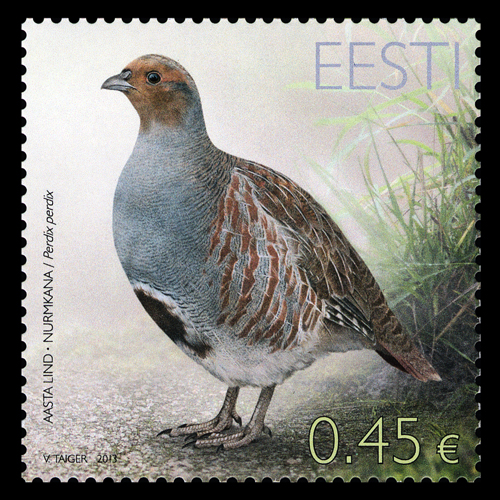The large-scale use of neonicotinoid insecticides has raised growing concerns about their potential adverse effects on farmland birds, and more generally on biodiversity. Imidacloprid, the first neonicotinoid commercialized, has been identified as posing a risk for seed-eating birds, when it is used as seed treatment of some crops, since the consumption of a few dressed-seeds could cause mortality. But evidence of direct effects in the field is lacking. Here, we reviewed the 103 wildlife mortality incidents reported by the French SAGIR Network from 1995 to 2014, for which toxicological analyses detected imidacloprid residues. One hundred and one incidents totalling at least 734 dead animals were consistent with an agricultural use of neonicotinoids as a seed treatment. Grey partridges (Perdix perdix) and pigeons (Columba palumbus, Columba livia and Columba oenas) were the main species found dead. More than 70% of incidents occurred during autumn cereal sowings. Furthermore, since there is no biomarker for diagnosing neonicotinoid poisonings, we developed a diagnostic approach to estimate the degree of certainty that these mortalities were due to imidacloprid poisoning. By this way, the probability that mortality was due to poisoning by imidacloprid- treated seeds was ranked as at least likely in 70% of incidents. As a result, this work provides clear evidence to risk-managers that lethal effects, due to the consumption of imidacloprid-treated seeds by birds, regularly occur in the field. This in turn raises the question of the effectiveness of the two main factors (seed burying and imidacloprid-treated seeds avoidance) that are supposed to make the risk to birds negligible. Risk factors and the relevance of mitigation measures are discussed.
Source:
Florian Millot et al. Environ Sci Pollut Res DOI 10.1007/s11356-016-8272-y

- Login om te reageren
